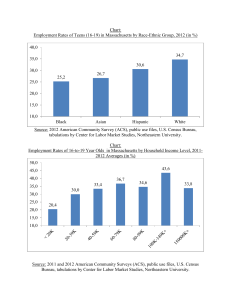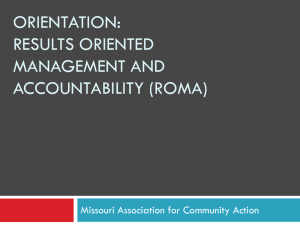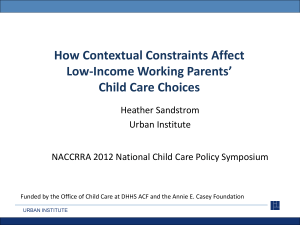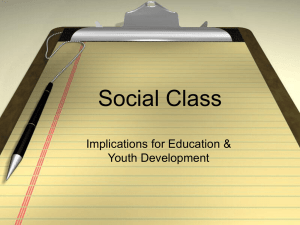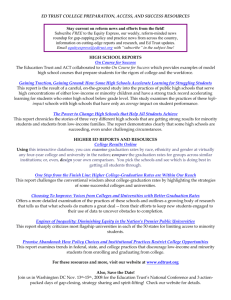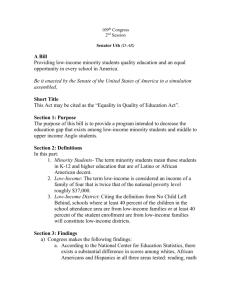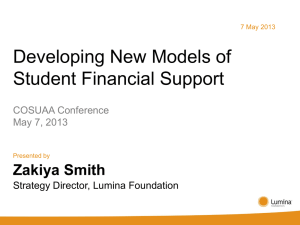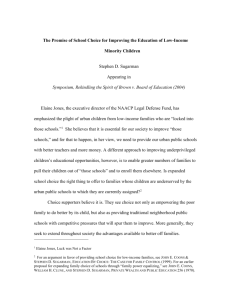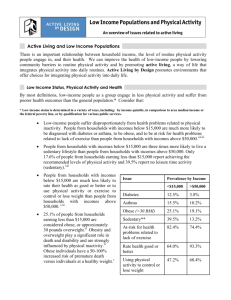Massachusetts-special-education
advertisement
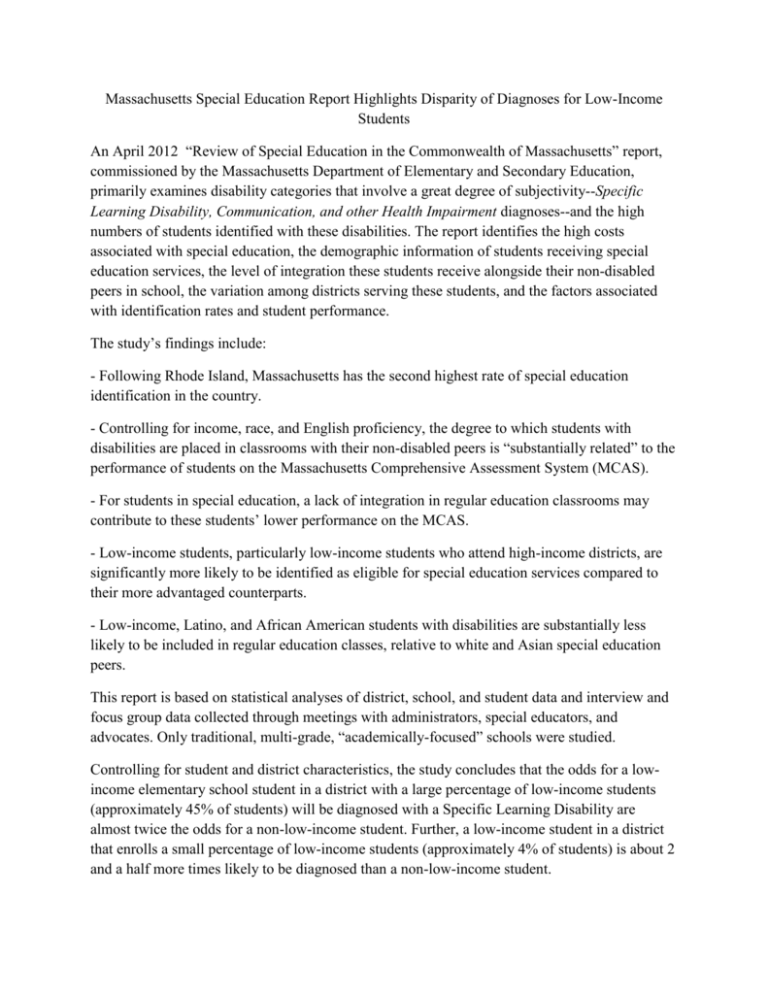
Massachusetts Special Education Report Highlights Disparity of Diagnoses for Low-Income Students An April 2012 “Review of Special Education in the Commonwealth of Massachusetts” report, commissioned by the Massachusetts Department of Elementary and Secondary Education, primarily examines disability categories that involve a great degree of subjectivity--Specific Learning Disability, Communication, and other Health Impairment diagnoses--and the high numbers of students identified with these disabilities. The report identifies the high costs associated with special education, the demographic information of students receiving special education services, the level of integration these students receive alongside their non-disabled peers in school, the variation among districts serving these students, and the factors associated with identification rates and student performance. The study’s findings include: - Following Rhode Island, Massachusetts has the second highest rate of special education identification in the country. - Controlling for income, race, and English proficiency, the degree to which students with disabilities are placed in classrooms with their non-disabled peers is “substantially related” to the performance of students on the Massachusetts Comprehensive Assessment System (MCAS). - For students in special education, a lack of integration in regular education classrooms may contribute to these students’ lower performance on the MCAS. - Low-income students, particularly low-income students who attend high-income districts, are significantly more likely to be identified as eligible for special education services compared to their more advantaged counterparts. - Low-income, Latino, and African American students with disabilities are substantially less likely to be included in regular education classes, relative to white and Asian special education peers. This report is based on statistical analyses of district, school, and student data and interview and focus group data collected through meetings with administrators, special educators, and advocates. Only traditional, multi-grade, “academically-focused” schools were studied. Controlling for student and district characteristics, the study concludes that the odds for a lowincome elementary school student in a district with a large percentage of low-income students (approximately 45% of students) will be diagnosed with a Specific Learning Disability are almost twice the odds for a non-low-income student. Further, a low-income student in a district that enrolls a small percentage of low-income students (approximately 4% of students) is about 2 and a half more times likely to be diagnosed than a non-low-income student. Holding race, gender, district median family income, and inclusivity of the district constant, the odds that a low-income student would be educated in a significantly separate classroom setting (less than 40% of the day) are about two times the odds than those for a non-low-income student. Considering that almost two out of three Massachusetts students with a disability are diagnosed with disabilities subject to interpretation, this report found that local school districts have a high degree of flexibility in interpreting disability categories. Therefore, children with the same underlying issues are diagnosed with different disability labels depending on the school district that they attend. The authors argue that the Department of Elementary and Secondary Education should more actively intervene in schools districts that have high identification rates of low-income students and use predominately separate educational settings for low-income students. Specifically, the report argues that the Department of Elementary and Secondary Education should promote a more focused effort on early literacy development such as the Response to Intervention (RTI model) in kindergarten through third grade to reduce inappropriate special education diagnoses. In addition, the report suggests that the state should re-evaluate its Title I practices, encourage more powerful general education practices so that low-income students can receive the necessary supports for school success, and that special education practices are seriously examined in districts serving high numbers of students in special education.
